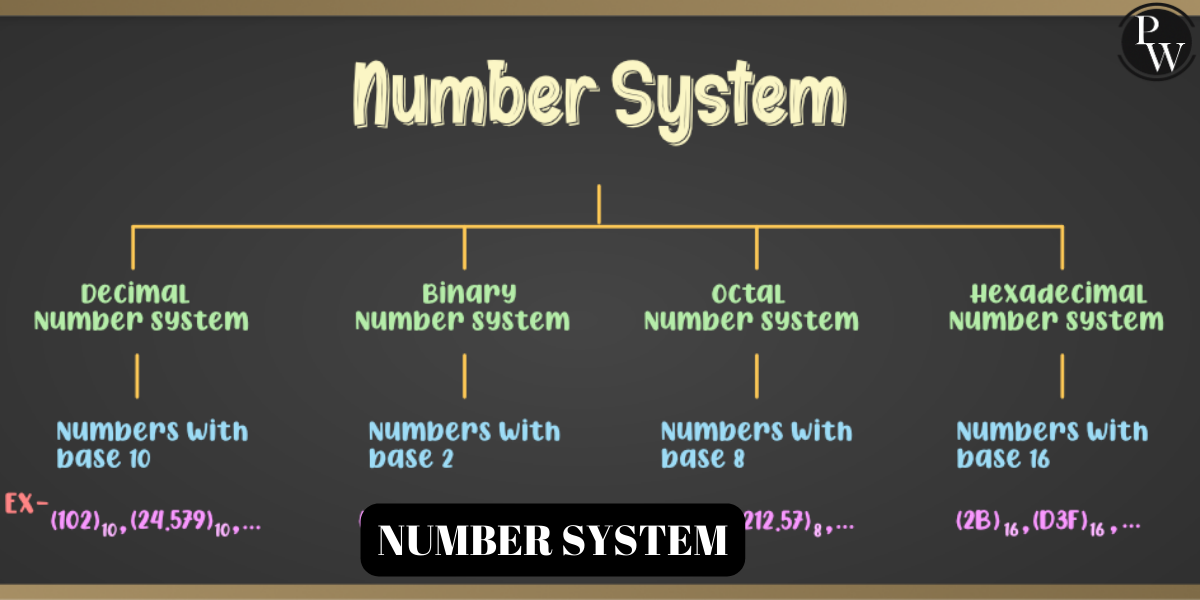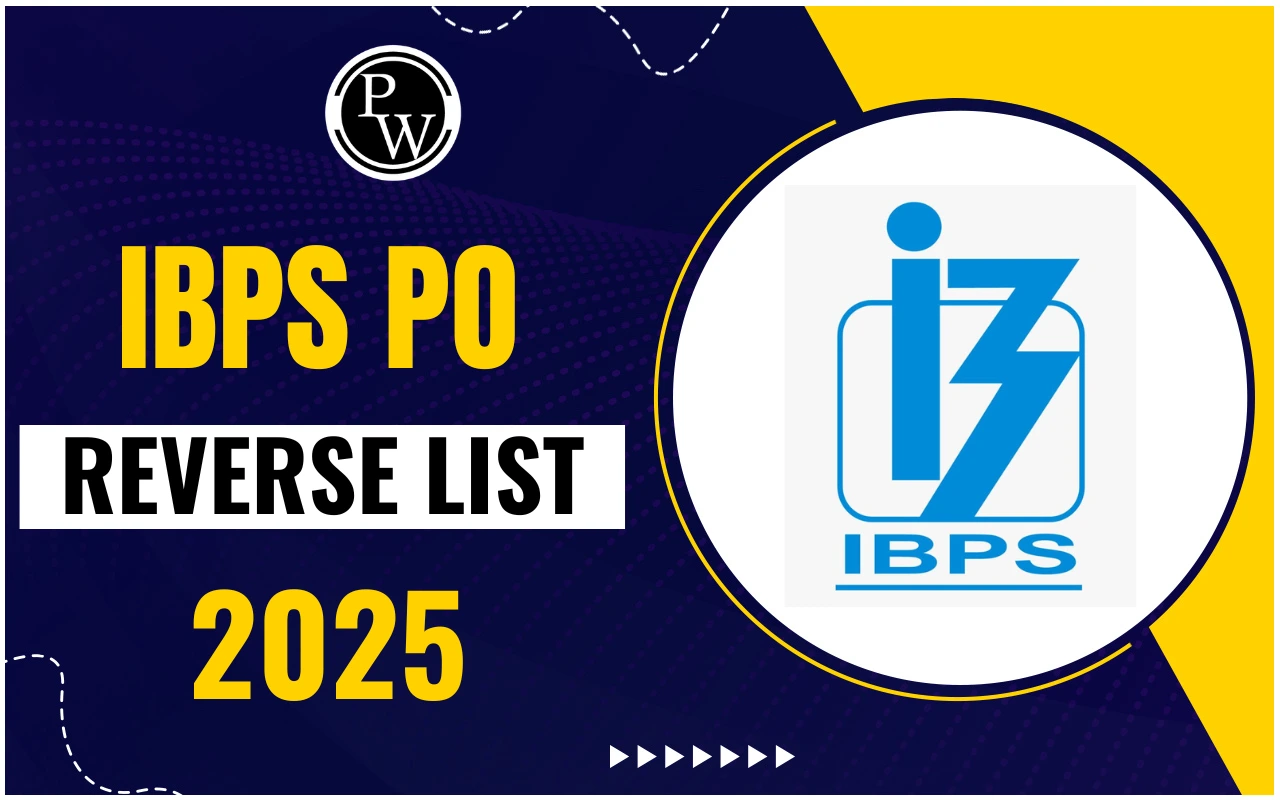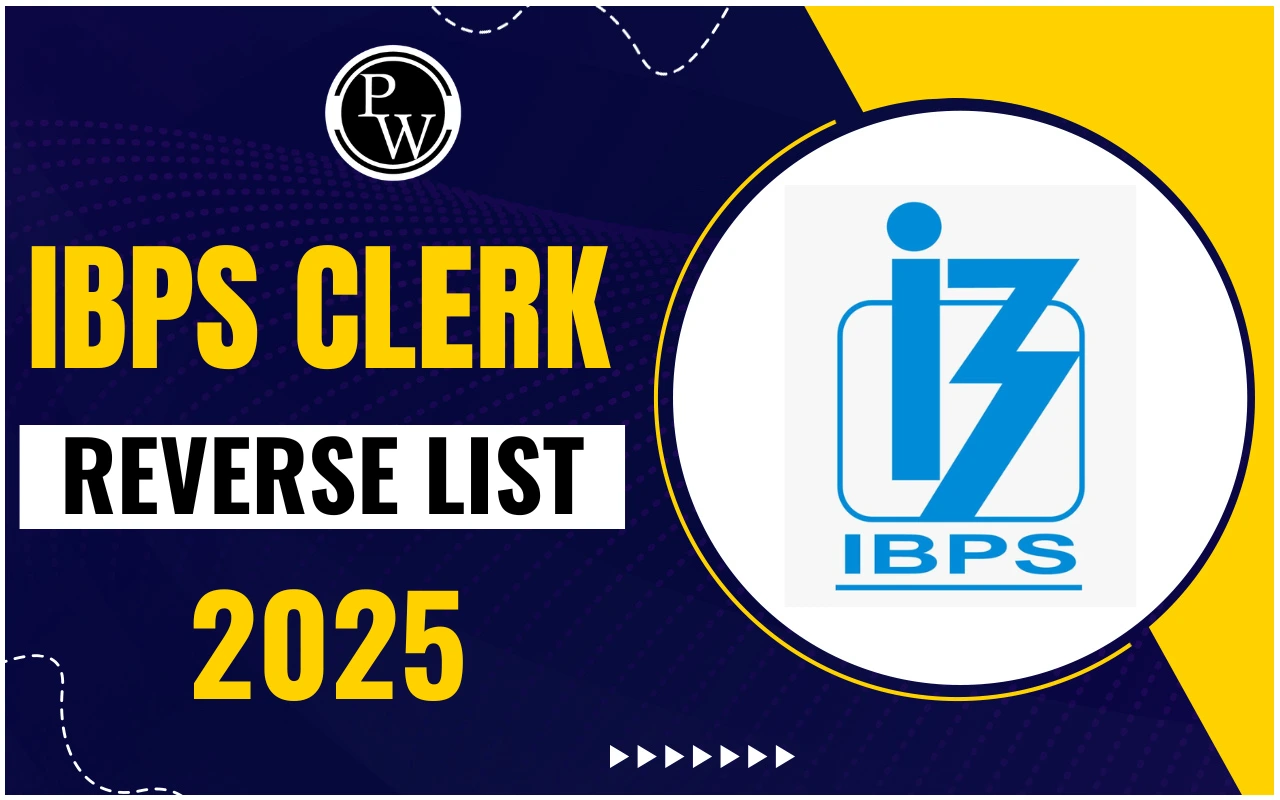

Number System: The number system, also known as the numeral system, serves as our way of naming or representing numbers. These numbers, fundamental to mathematics, facilitate counting, measuring, and various mathematical calculations. This article breaks down what a number system is, the various types, and how to convert between them with lots of examples.
What is a Number System?
The number system, or numeral system, is how we name or represent numbers. Numbers are those mathematical values we use to count, measure things, and perform various math calculations. In math, we have different systems for expressing numbers, such as the decimal system we commonly use, the binary system, octal system, and the hexadecimal system.
There exist diverse number systems in mathematics, including the commonly used decimal system, binary system, octal system, and hexadecimal system. Each system has its unique way of expressing numbers and is essential for different applications.
What is a Number?
A number, in essence, is a mathematical value utilized for counting, measuring, or labeling objects. Numbers are the foundation for performing arithmetic calculations, offering variations such as natural numbers, whole numbers, rational and irrational numbers. Even 0 holds significance as a number, representing a null value.
Numbers come in various forms, with distinctions between even and odd numbers, as well as prime and composite numbers. Even and odd categorizations are based on divisibility by 2, while prime and composite numbers differentiate between those with only two factors and those with more than two factors, respectively.
In the context of a number system, these numbers serve as digits. For instance, binary numbers predominantly use 0 and 1 as digits, while other systems employ digits ranging from 0 to 9. Understanding these number systems is integral to navigating the diverse ways we represent numbers in mathematics.
Types of Number System
There exist various ways to represent numbers. The four most common types are:
- Decimal Number System (Base-10): This system, familiar to us, uses ten digits from 0 to 9. Positions to the left of the decimal point represent units, tens, hundreds, and so on. For instance, the number 1457 is broken down into powers of 10, showcasing its value.
- Binary Number System (Base-2): In binary, there are only two digits: 0 and 1. It's the language of computers, where everything is represented using these two digits. For example, the decimal number 14 can be expressed as 11102 in binary.
- Octal Number System (Base-8): The octal system uses eight digits from 0 to 7. It's often employed in computer applications. Converting an octal number, like 2158, to decimal involves multiplying each digit by powers of 8 and adding them up.
- Hexadecimal Number System (Base-16): Hexadecimal involves base 16, where numbers are represented using both digits and letters (A to F). This system is common in computing. The table illustrates the mapping of numbers in the hexadecimal system.
Understanding these number systems provides a foundation for diverse mathematical applications and computer-related fields.
Number System Conversion
Numbers can wear different outfits like binary, decimal, or hexadecimal. What's cool is that we can easily switch between them! Learn the ropes of these conversions, from decimal to binary and vice versa, or from hexadecimal to binary and back. It's like translating numbers into different languages but in the math world.
Let's Dive into Conversions
Using the conversion procedures we've just learned, let's take a random number, say 349, and see how it looks in different number systems:
- In binary, it's 101011101.
- In decimal, it's just 349.
- Octal fashion gives us 535.
- Hexadecimal style spells it out as 15D.
Solving Number System Puzzles
Example 1: Hex to Octal
Let's turn (1056)₁₆ into an octal number. First, convert the hex number to decimal - 4182. Now, by repeatedly dividing by 8, we get (1056)₁₆ = (10126)₈.
Example 2: Binary to Decimal
Take (1001001100)₂. Breaking it down, we get 588 in decimal.
Example 3: Binary to Octal
Convert 10101₂ into octal. Split it as 010 101, and in octal, it reads (25)₈.
Example 4: Hex to Decimal
Turn 2C₁₆ into binary - 00101100. Then, convert to decimal - 44.
Number System Questions
Want a challenge? Try converting (242)₁₀ into hexadecimal, making 0.52 an octal number, or subtracting 110₁₂ from 101₀₂. Test your skills with 5C₆ in decimal or representing binary 1.1 in its decimal form.
1. Convert the decimal number (156)₁₀ into binary.
2. Represent the octal number 765₈ in decimal form.
3. Convert the hexadecimal number 1A3₁₆ into its decimal equivalent.
4. Add the binary numbers 1101₂ and 101₁₀.
5. Change the decimal number (255)₁₀ into its hexadecimal representation.
6. Subtract the octal numbers 527₈ and 314₈.
7. Multiply the binary numbers 101₁₀ and 110₁₀.
8. Convert the hexadecimal number 3F₁₆ into its octal equivalent.
9. Divide the decimal number (648)₁₀ by 9.
10. Represent the fraction 0.75 in binary.
Number System in Computers
Ever wonder how computers understand our words? Well, they speak in numbers! Computers, being numerical wizards, use the binary system but sometimes dabble in octal, decimal, and hexadecimal. It's like a secret code that makes our digital world tick.
Number System FAQs
Q1. What is number system in maths?
Q2. What is number system in daily life?
Q3. What is 10 number system?
Q4. What is the base 6 number system?
Q5. What are the 4 types of number system?












